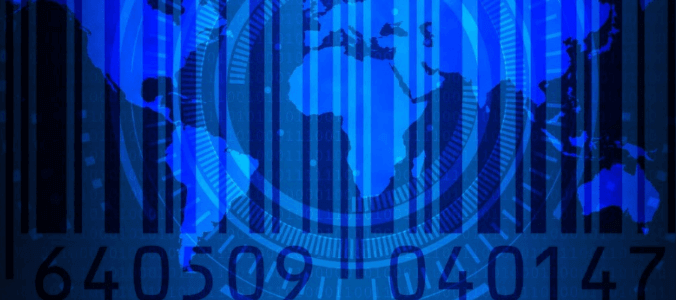Universal Product Code (UPC) was adopted for commercial use by the grocery industry in the USA.
Among the advantages were a rapid, accurate and reliable way of entering stock information into a computer and the possibility to replace jobs and make more profit.
The early success led to the development of the European Article Numbering System (EAN), a symbology similar to UPC, that is widely used in Europe and in the rest of the World.
This is the symbology we will be learning since I do not live in the States.
Keep in mind that there are different barcode symbologies, each with its own particular pattern of bars.
The UPC/EAN code used on retail products is an all-numeric code, and also the Interleaved 2 of 5 Code.
Code 39 includes upper case letters, digits, and a few symbols. Code 128 includes every printable and unprintable ASCII character code.
A later version is a 2D code. These are special rectangular codes, called stacked barcodes or matrix codes.
They can store considerably more information than a standard barcode. They require special readers which cost more than a standard scanner.
The practical limit for a standard barcode depends on a number of factors, but 20 to 25 characters is an approximate maximum.
For applications that need more data, matrix codes are used.
For example, the next time you receive a package from United Parcel Service look for a small square label with a pattern of dots and a small bullseye in the centre.
This is a MaxiCode label, and it is used by UPS for automatic destination sortation.
The manufacturer’s ID number on the barcode uniquely identifies products. These numbers are managed by the Uniform Code Council in Dayton, Ohio for the States and Canada and by the EAN authority (International Article Numbering Association) in Brussels, for Europe and the rest of the World.
The manufacturer’s ID number accounts for some digits of the code, which leaves other digits to be assigned in any way the producer wants.
He/She provides retail outlets with a list of their products and their assigned codes so that they can be entered in the cash register system.
Many codes are NOT on the products and are added by the supermarkets on the fly, using an internal code schema that may be non standard.
